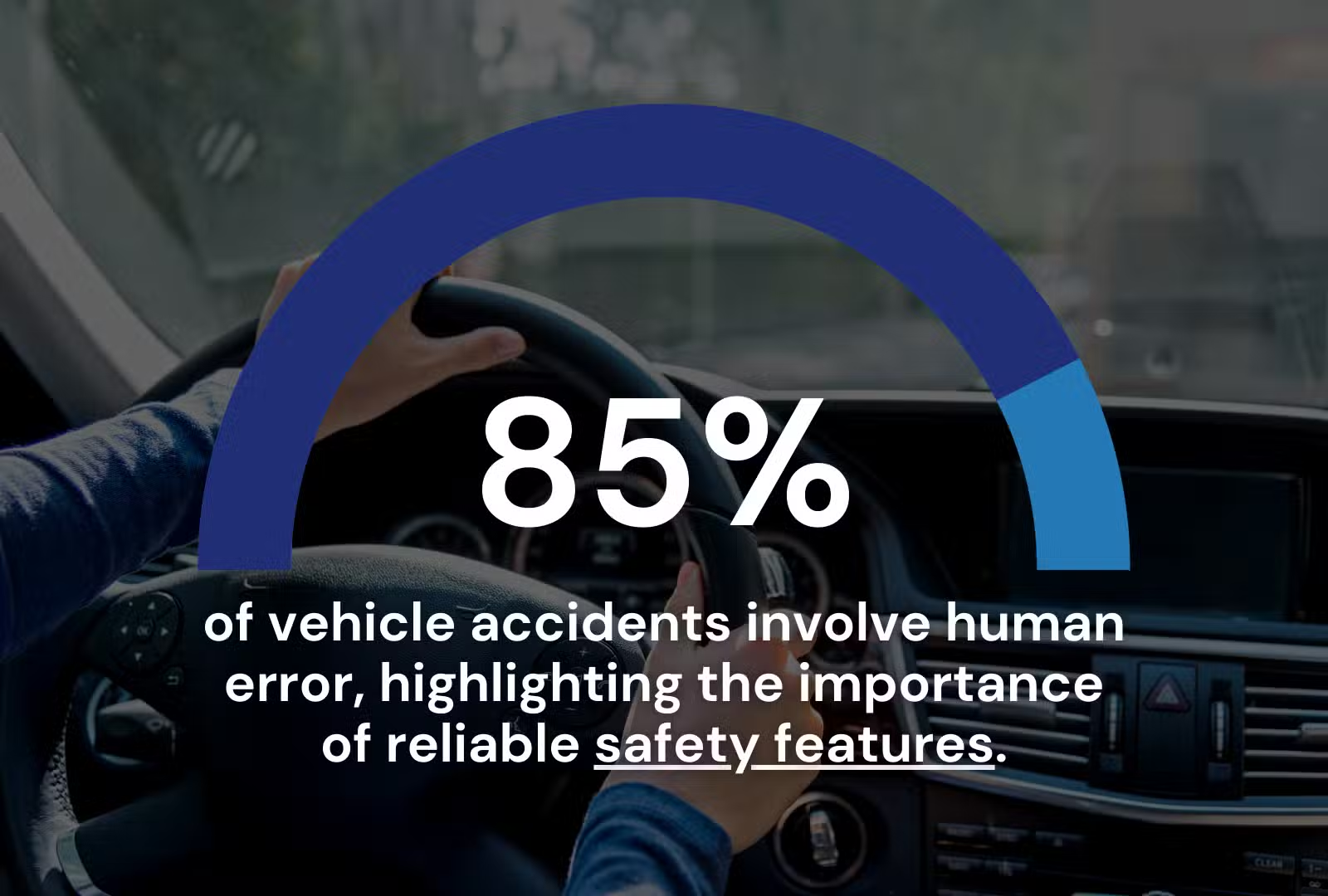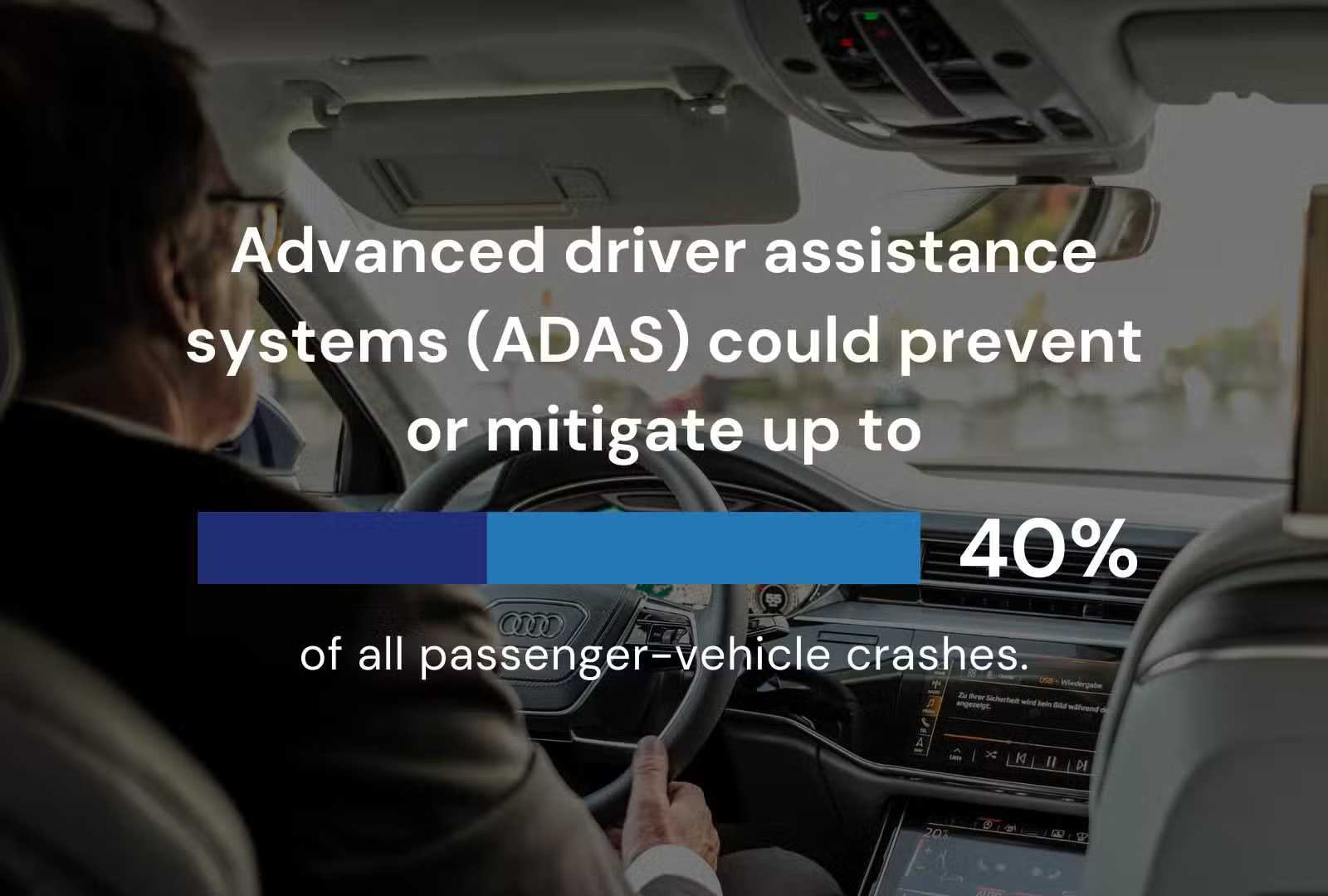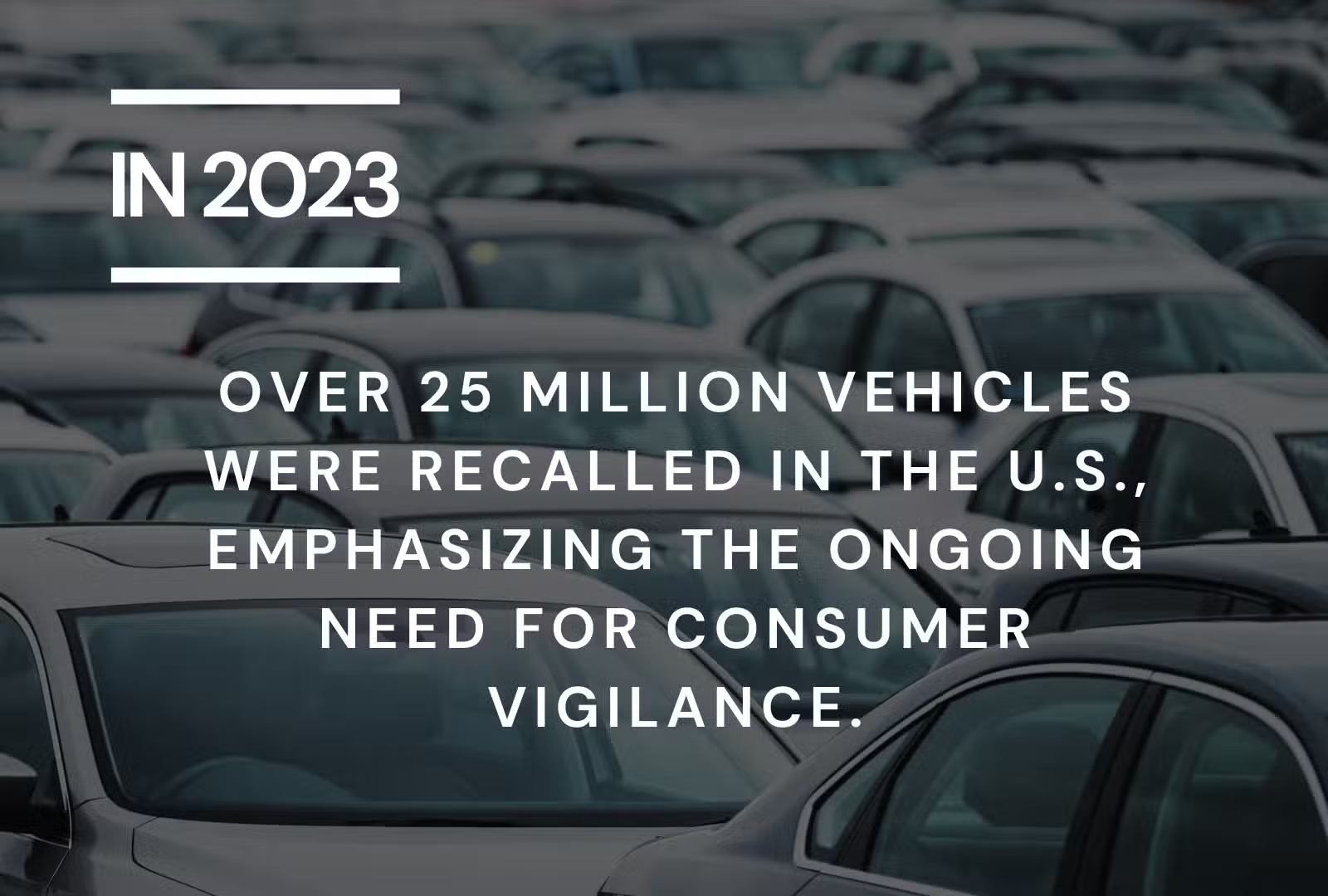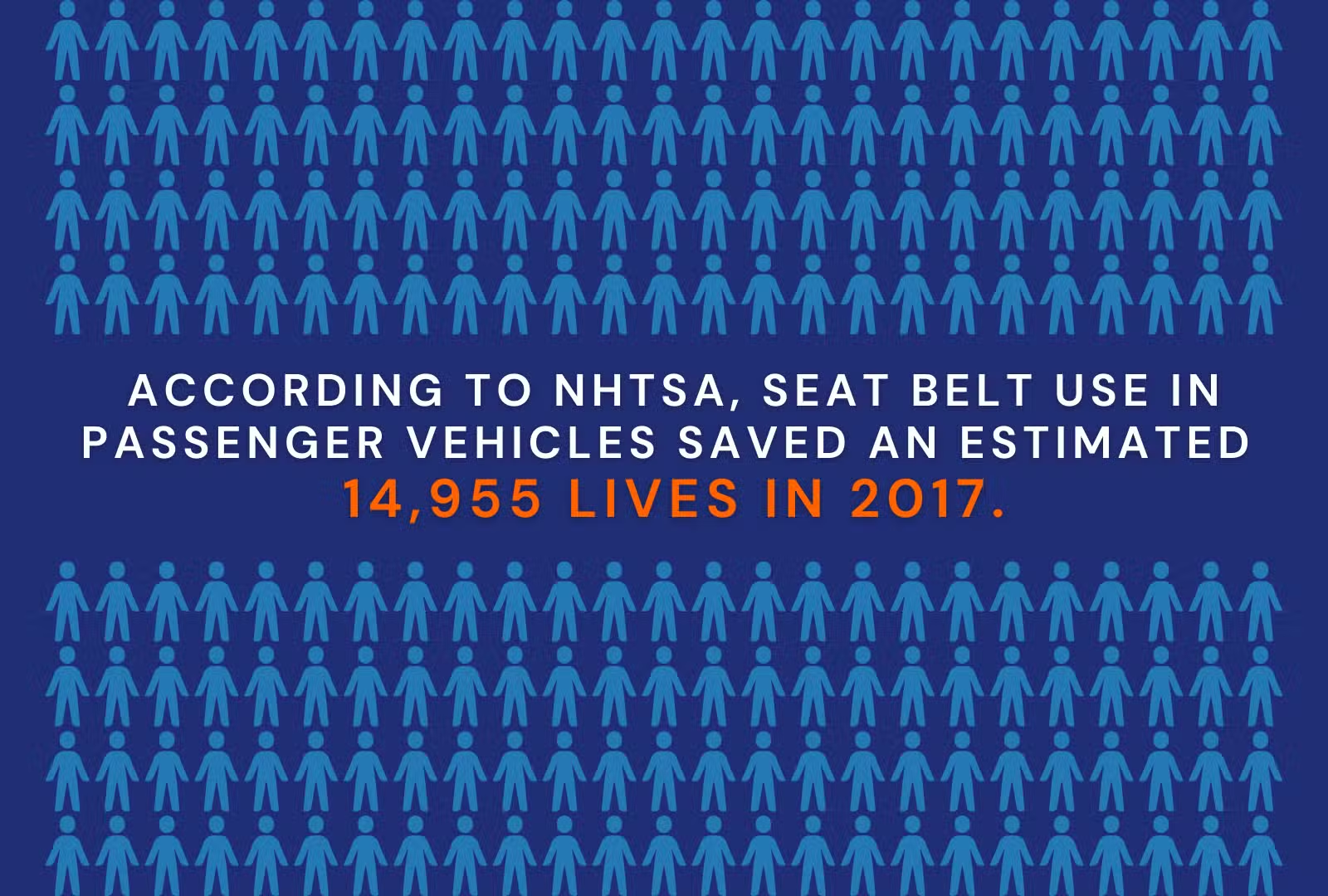Introduction: The Importance of Vehicle Dependability
Vehicle dependability is a key factor in ensuring the safety of drivers and passengers on the road. Dependable vehicles are less likely to experience defects or mechanical failures, which directly contribute to accidents. Conversely, less dependable vehicles with recurring issues or inadequate safety features may increase the risk of accidents and consequent legal liabilities.
This report delves into the connection between vehicle dependability and accident rates and why certain makes and models of cars might be more accident-prone.
With automotive safety being a focal point for both consumers and the legal industry, understanding these trends is essential for making informed decisions and advocating for safety in both personal and legal contexts.
Analysis of Vehicle Accident Rates by Make and Model
The analysis of accident rates by vehicle make and model provides valuable insights into automotive safety. The Insurance Institute for Highway Safety (IIHS) has developed detailed driver death rate metrics to evaluate vehicle safety and offers critical information for consumers and safety advocates.
Driver death rates are calculated as the number of driver fatalities per one million registered vehicle years. This metric measures vehicle registration data and fatalities over a defined period.

Exploring Contributing Factors to Higher Accident Rates
Vehicle accident rates are influenced by multiple factors, including design, safety features, and driver demographics.

1. The Role of Vehicle Design in Accident Risk
Vehicle design plays a crucial role in occupant protection during crashes.
Smaller Vehicles
Cars like the Ford Fiesta (141 deaths per million registered vehicle years) and Hyundai Accent (116 deaths) perform poorly due to lighter mass and weaker structural integrity.
Mini cars average 108 deaths per million registered vehicle years, far above the overall average of 36 deaths.
Larger Vehicles
Large luxury SUVs, such as the Infiniti QX60 and Lexus NX, have fewer than nine deaths per million registered vehicle years. Their advanced safety features and mass offer superior protection.
2. Safety Features and Their Impact


Modern safety technologies significantly reduce automotive fatalities.
Luxury Vehicles
Features like automatic emergency braking and lane-keeping assistance lower accident risks in SUVs and sedans.
Economy Vehicles
Models like the Chevrolet Sonic (98 deaths) often lack these technologies, making them more vulnerable to crashes. Extending advanced safety features to budget-friendly models could narrow this gap.
3. Driver Demographics and Behavior
The demographics and behaviors of drivers associated with specific vehicle types also influence accident rates.
Sports Cars and Small Sedans
Popular among younger drivers who often engage in riskier behaviors that contribute to higher accident rates.
Family-Oriented Vehicles
Minivans and SUVs are usually driven by risk-averse groups such as families, and have lower death rates (for instance, the Toyota Sienna and Honda Odyssey account for under nine deaths per million registered vehicle years).
4. Vehicle Size and Collision Dynamics
A vehicle’s size and mass have a huge impact on the outcome of a collision.
The average death rates by vehicle type are:
Cars
48 deaths per million registered vehicle years.
SUVs
25 deaths per million registered vehicle years.
Pickup Trucks
29 deaths per million registered vehicle years.
Minivans
22 deaths per million registered vehicle years.
Larger vehicles protect occupants better but may cause more severe injuries to others due to their greater mass. This trade-off underscores the need for balanced safety innovations across all vehicle categories.
Vehicle Recall Data and Its Implications

Vehicle recalls address defects that could compromise safety. They also highlight the importance of quality control and consumer awareness.
This section reviews notable recent recalls, common issues, and guidance for managing recall notices.
Recent Significant Recalls
Tesla Recalls Over 1.8 Million Vehicles
Tesla recalled 2021–2024 Model 3, Model S, Model X, and 2020–2024 Model Y due to a software defect that failed to detect unlatched hoods and increased the risk of crashes. The issue was addressed with a free over-the-air software update.
Tesla has also recalled over 27,185 Cybertrucks due to visibility problems with the rear-view camera and the general reliability of Tesla’s have been in question for some time.
Chrysler Recalls 211,000 Vehicles
Chrysler recalled the 2022 Dodge Durango and Ram 2500/3500 models due to a software malfunction in the anti-lock braking module. This defect could disable the electronic stability control system, a critical safety feature.
Free software updates were provided, with owner notifications beginning in July 2024. Chrysler emphasized the importance of immediate action to address this issue.
Common Defects and Safety Hazards
Although vehicle recalls can be prompted by any number of issues, there are a few common reasons:
Software Malfunctions
Failures in hood latch detection (Tesla) and braking systems (Chrysler).
Hardware Defects
Problems with windshield wipers, seatbelt alerts, and structural components.
Critical System Failures
Malfunctions in braking and stability control systems that increase accident risk.
Managing Recalls Effectively

To ensure safety in the event of a recall, consumers should:
Use NHTSA’s Recall Lookup
Enter your VIN at nhtsa.gov/recalls for detailed recall information.
Check Manufacturer Tools
Automakers provide online resources to identify recalls and schedule repairs.
Respond to Notifications
Ensure vehicle registration is updated to receive recall notices promptly.
Recommendations for Consumers
Making informed decisions about vehicle purchases and maintenance is key to ensuring safety.
This section provides actionable advice to help consumers navigate vehicle reliability, address recalls, and seek legal guidance when necessary.
1. Research Vehicle Reliability
Investigate a vehicle’s safety and dependability thoroughly before purchase.
Consult Reputable Resources
Use tools like Consumer Reports’ Car Recall Tracker and the National Highway Traffic Safety Administration’s recall database to review a vehicle’s history.
Review Safety Ratings
Explore crash-test ratings and driver death rates from the IIHS to assess how well a vehicle performs in accidents.
Consider Long-Term Reliability
Research long-term performance through dependability studies from organizations like J.D. Power, which evaluate vehicles over time.
2. Prioritize Regular Maintenance
Regular maintenance can prevent defects and ensure your vehicle operates safely.
Follow Manufacturer Guidelines
Adhere to the recommended service schedule for oil changes, tire rotations, brake checks, and other critical maintenance tasks.
Inspect Safety Systems
Periodically test essential systems such as brakes, airbags, and stability control to ensure they function properly.
3. Consult Legal Professionals When Necessary
Seek legal advice if you suspect that a vehicle defect caused an accident or injury.
Document Evidence
Record details about the accident – including photos, repair records, and recall notices – to strengthen your case.
Contact Experts
Legal organizations like the Avian Law Group specialize in cases involving defective vehicles and can help you understand your rights and pursue compensation.
Conclusion: Protecting Yourself on the Road
Vehicle reliability is a cornerstone of road safety that directly impacts accident rates, legal accountability, and consumer trust. Seeking legal guidance is essential if you or a loved one has been affected by a vehicle defect or dependability issue.
Avian Law Group is dedicated to advocating for victims of vehicle-related accidents and helping them navigate complex legal processes to secure justice and compensation.
Contact Avian Law Group today for a consultation and take the first step toward ensuring accountability in automotive safety.











